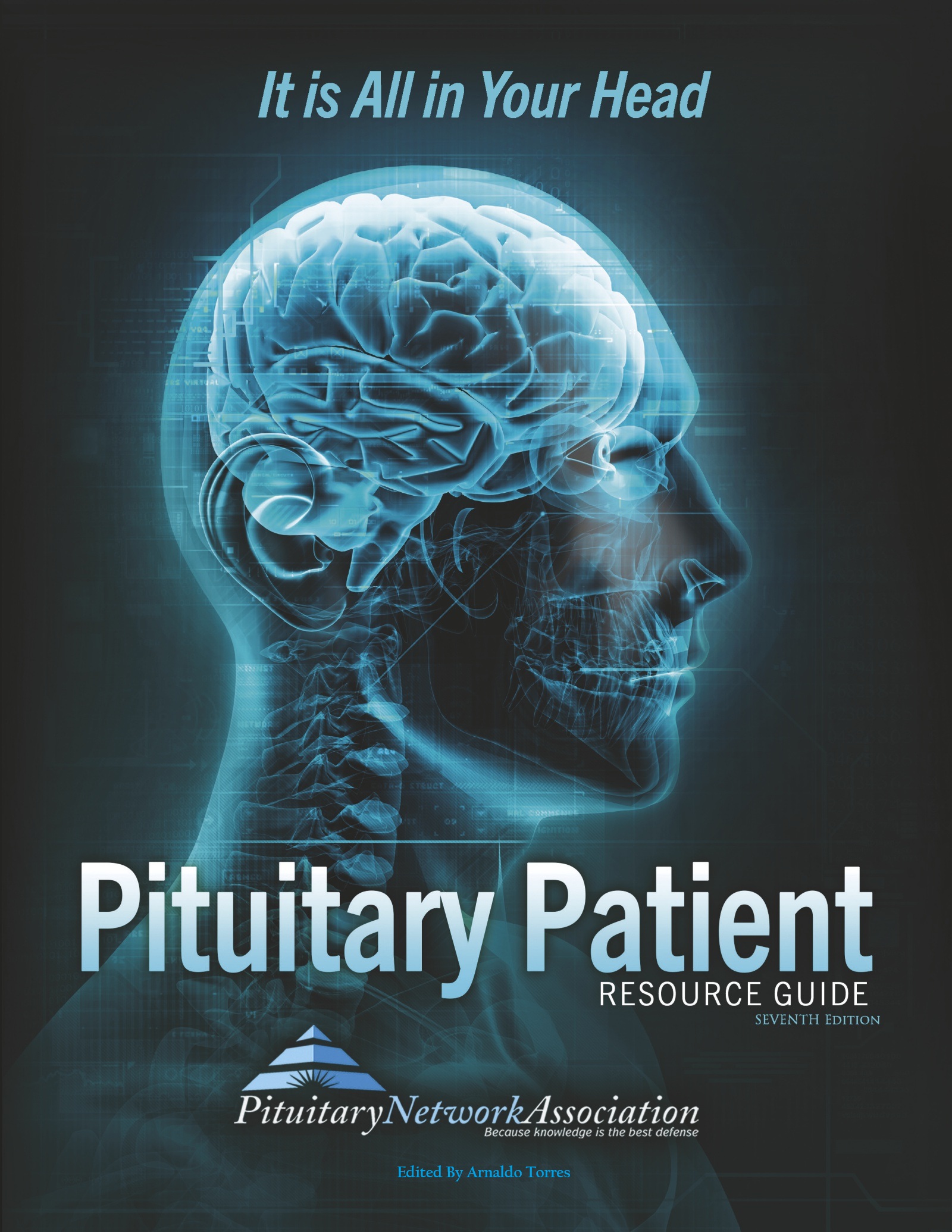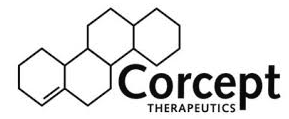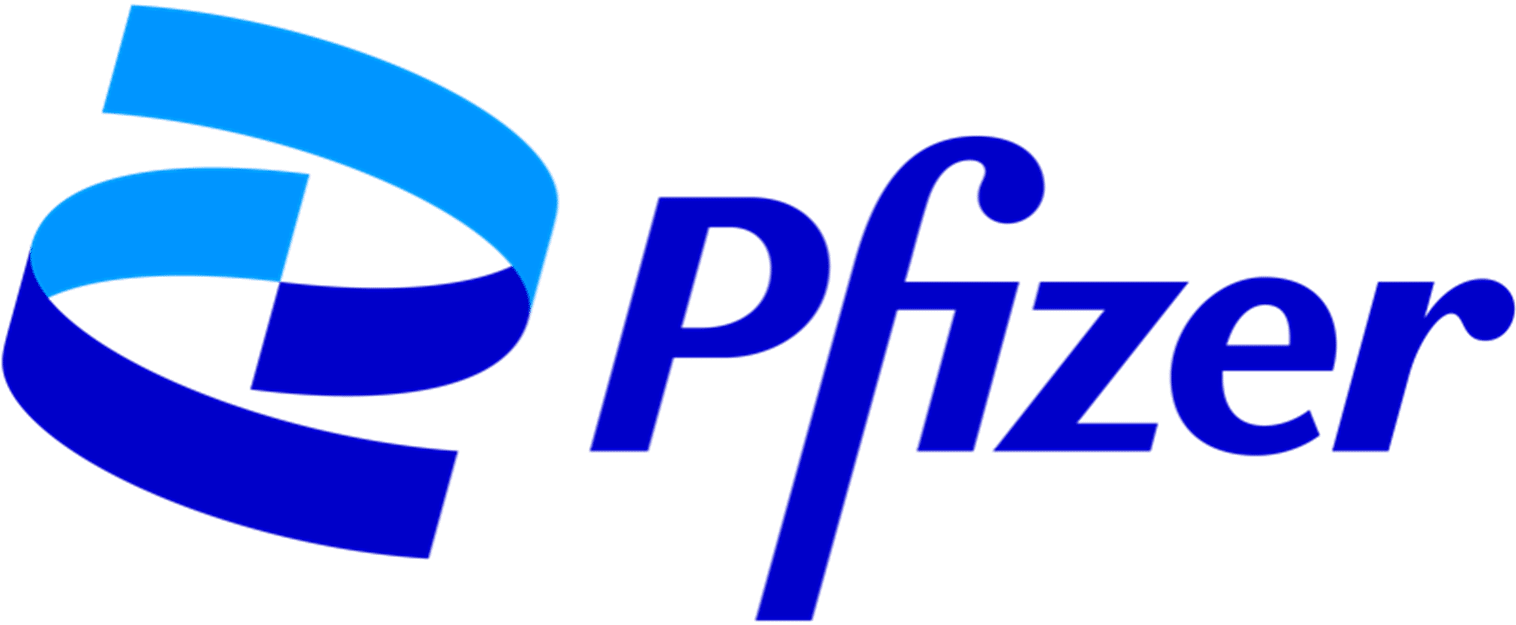Medical Corner: Pituitary Surgery Technique
This month the PNA Medical Corner showcases a study co-authored by three members of the PNA: Drs. Susan Samson, Kaisorn Chaichana and Alfredo Quinones-Hinojosa of the Mayo Clinic in Jacksonville, Florida. The study found that endoscopic endonasal resection of the medial wall fo the cavernous sinus is associated with better hormonal control later on, but requires advanced surgical skill. Link:
https://pubmed.ncbi.nlm.nih.gov/36291288/
Endoscopic Endonasal Resection of the Medial Wall of the Cavernous Sinus and Its Impact on Outcomes of Pituitary Surgery: A Systematic Review and Meta-Analysis
Affiliations expand
• PMID: 36291288 DOI: 10.3390/brainsci12101354
Abstract
Introduction: Pituitary adenomas have the potential to infiltrate the dura mater, skull, and the venous sinuses. Tumor extension into the cavernous sinus is often observed in pituitary adenomas and techniques and results of surgery in this region are vastly discussed in the literature. Infiltration of parasellar dura and its impact for pituitary surgery outcomes is significantly less studied but recent studies have suggested a role of endoscopic resection of the medial wall of the cavernous sinus, in selected cases. In this study, we discuss the techniques and outcomes of recently proposed techniques for selective resection of the medial wall of the cavernous sinus in endoscopic pituitary surgery.
Methods: We performed a systematic review of the literature using the Preferred Reporting Items for Systematic Reviews and Meta-Analyses (PRISMA) guidelines and protocol and a total of 4 studies with 106 patients that underwent an endoscopic approach for resection of pituitary tumors with resection of medial wall from cavernous sinus were included. Clinical and radiological data were extracted (sex, mean age, Knosp, prior surgery, tumor size and type, complication rate, and remission) and a meta-analysis using the RevMan 5.4 software was performed.
Results: A total of 5 studies with 208 patients were included in this analysis. The mean age of the study population was 48.87 years (range 25-82) with a female/male ratio of 1:1.36. Majority of the patients had Knosp Grade 1 (n = 77, 37.02%) and Grade 2 (n = 53, 25.48%). The complication rate was 4.81% (n = 33/106) and the most common

Dr. Susan Samson

Dr. Kaisorn Chaichana

Dr. Alfredo Quinones-Hinojosa






